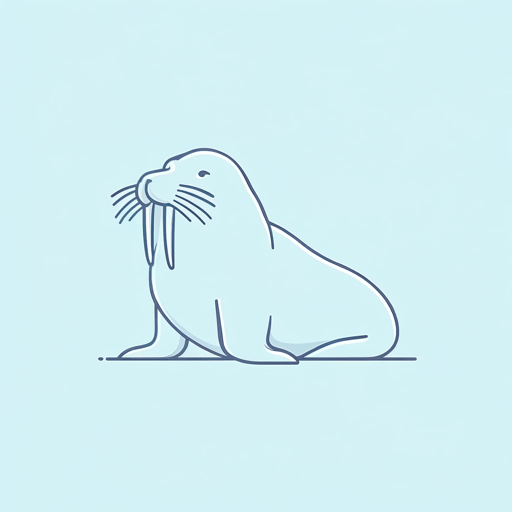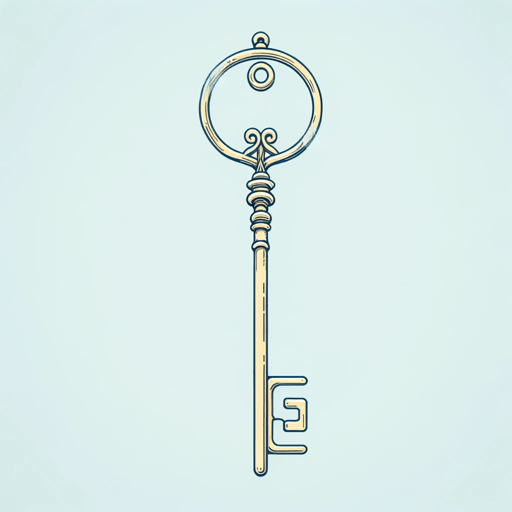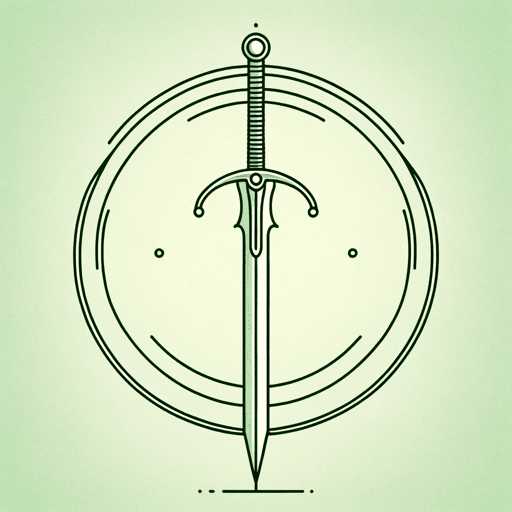22 pages • 44 minutes read
Lewis CarrollThe Walrus and the Carpenter
Fiction | Poem | Middle Grade | Published in 1871A modern alternative to SparkNotes and CliffsNotes, SuperSummary offers high-quality Study Guides with detailed chapter summaries and analysis of major themes, characters, and more.
Symbols & Motifs
Nature
Nature—and the reversal of the natural order—is a motif that runs through the poem. The poem begins with the sun “shining on the sea” (Line 1) as the moon shines “sulkily” (Line 7) because the sun is shining in the middle of the night, the moon’s domain. Carroll emphasizes the wetness of the sea and the dryness of the sand, as well as the cloudlessness and birdlessness of the sky overhead. The Walrus and oysters of the poem are also representative of the natural world. Of course, the natural world of “The Walrus and the Carpenter” is distinctly unnatural. The Walrus talks to the Carpenter and the oysters and even weeps, while the oysters have brushed coats and neat shoes. The Walrus wonders “why the sea is boiling hot” (Line 65) and “whether pigs have wings” (Line 66). These reversals of the natural order reflect the unnaturally cruel behavior of the Walrus and the Carpenter, who invite the oysters to join them on false pretenses before eating them, a truly “dismal thing to do” (Line 82).
Talk
Talk features as an important motif throughout the poem. Most of the characters of the poem who talk are creatures that would not normally talk.
Related Titles
By Lewis Carroll




